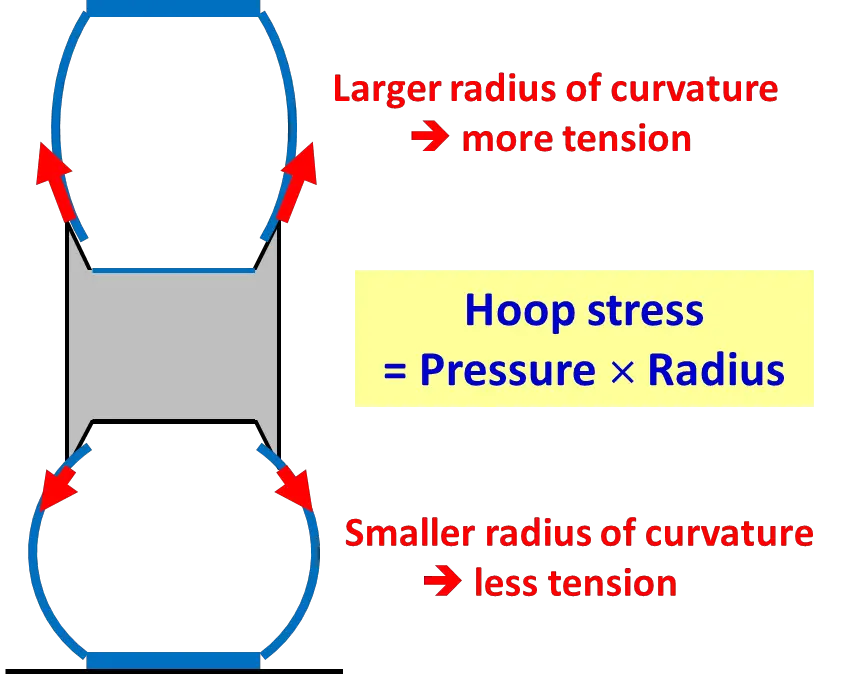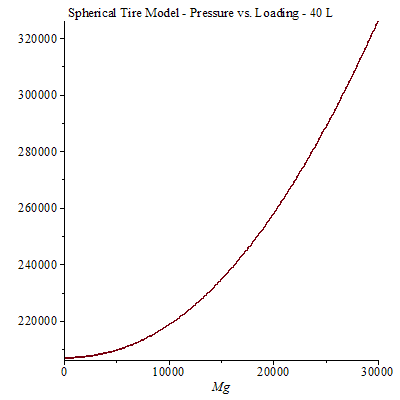Yes, tire pressure can be affected by weight. When additional weight is added to a vehicle, such as passengers or cargo, the tires bear more load, which may require an increase in tire pressure to maintain proper performance and safety.
Tire pressure plays a critical role in your vehicle’s safety, fuel efficiency, and overall performance. Properly inflated tires ensure smooth handling, optimal fuel economy, and longer tire lifespan. However, many drivers often wonder: does tire pressure change with weight?
This blog post will dive into the relationship between tire pressure and weight, how different factors influence tire pressure, and how to maintain the right pressure for safe driving. We’ll also address common questions related to tire pressure and weight.

Does Tire Pressure Change with Weight?
Yes, tire pressure can change with weight, but the relationship between weight and tire pressure is more complex than it might seem at first glance. Tires are designed to support the vehicle’s weight at a specified air pressure, and any change in weight distribution or load can affect tire pressure and performance.
Here’s how weight influences tire pressure:
- Added Weight Increases the Load on Tires: When you add weight to a vehicle (e.g., passengers, luggage, or towing a trailer), it puts more pressure on the tires. However, adding weight does not immediately change the internal air pressure of the tire; rather, it increases the force exerted on the tire. This increased load can deform the tire slightly, reducing the contact area with the road if the tires are not properly inflated.
- Weight Distribution Affects Tire Pressure Requirements: If the weight is unevenly distributed—such as when carrying heavy loads in the rear or towing—some tires will bear more weight than others. In such cases, the tires carrying more weight may require higher air pressure to maintain proper performance and safety. This is why vehicle manufacturers sometimes recommend different tire pressures for the front and rear tires, depending on load conditions.
- Underinflated Tires and Increased Load: If tires are underinflated and you add additional weight to the vehicle, the tires may become more deformed, resulting in a larger contact area with the road, which can lead to increased friction and overheating. This can cause premature tire wear, reduce fuel efficiency, and increase the risk of a blowout.
- Overinflated Tires and Weight: On the other hand, if tires are overinflated, adding extra weight can cause the tires to bulge even more, reducing the contact patch with the road. This can negatively affect handling, reduce traction, and cause uneven tire wear, particularly in the center of the tread.

How Weight Affects Tire Pressure in Specific Scenarios
Weight affects tire pressure in various driving scenarios, requiring adjustments for optimal performance and safety:
1. Carrying Additional Passengers or Cargo
When you load up the vehicle with additional passengers or cargo, the overall weight increases. In this case, you may need to adjust the tire pressure according to the load. Some vehicles come with a recommendation for higher tire pressure when the vehicle is fully loaded. For example, if you plan to go on a road trip with four passengers and a trunk full of luggage, your tires might require a slight increase in PSI to handle the added weight.
2. Towing
Towing a trailer or caravan adds significant weight to the rear axle of your vehicle. In such scenarios, tire pressure for the rear tires should often be increased to manage the additional load. Some vehicles even come with specific tire pressure guidelines for towing, particularly for heavy-duty trucks and SUVs. Under-inflated tires while towing can lead to increased wear, reduced stability, and higher risks of blowouts.
3. Off-Road Driving
When driving off-road, especially over rough terrain, drivers often decrease their tire pressure slightly to increase the contact patch with the ground and improve traction. However, when the vehicle is heavily loaded, such as when carrying off-road gear or supplies, it’s essential to balance the need for lower tire pressure with the weight to avoid damaging the tires.
Maintaining the Right Tire Pressure with Varying Weight
To ensure your tires are properly inflated and performing at their best, you should regularly check and adjust tire pressure, especially when the load in the vehicle changes. Here’s how to manage tire pressure with changing weight:
- Check Tire Pressure Regularly: Ideally, you should check the tire pressure once a month and before long trips, especially if you plan to carry extra weight or tow a trailer. Tires can lose air over time, even if you don’t notice a significant decrease in pressure.
- Adjust for Added Weight: If you’re carrying extra passengers, cargo, or towing, refer to your vehicle’s owner’s manual for the manufacturer’s recommendations on tire pressure for a fully loaded vehicle. This information can also often be found on the vehicle’s tire placard.
- Use a Tire Pressure Gauge: A quality tire pressure gauge is essential for ensuring that your tires are at the correct PSI. Check the tire pressure when the tires are cold, as heat from driving can temporarily increase tire pressure, giving you inaccurate readings.
- Follow Manufacturer Recommendations: Always follow the tire pressure guidelines provided by your vehicle’s manufacturer. The recommended PSI levels are designed to accommodate the vehicle’s weight distribution, ensuring optimal performance and safety.
- Don’t Overinflate or Underinflate: Overinflating tires can reduce traction and make the ride more uncomfortable, while underinflating them can lead to overheating, increased wear, and higher fuel consumption. Adjust the tire pressure carefully based on the vehicle load and driving conditions.
Factors That Influence Tire Pressure Beyond Weight
Although weight is a key factor in determining the optimal tire pressure, other variables also play a significant role in tire inflation:
- Temperature: Tire pressure changes with temperature fluctuations. For every 10-degree Fahrenheit change in temperature, tire pressure can increase or decrease by 1 PSI. Cold weather tends to decrease tire pressure, while hot weather increases it.
- Altitude: At higher altitudes, the atmospheric pressure is lower, which can affect tire pressure. When you ascend to higher altitudes, you may need to adjust tire pressure to account for the change in air pressure.
- Tire Condition: Worn or damaged tires may not hold air as well as new tires. Regularly inspecting your tires for damage, such as cracks or punctures, ensures they maintain the correct pressure.
- Tire Type: The type of tire you use—whether standard all-season tires, performance tires, or off-road tires—will influence the recommended tire pressure. Different tire constructions and sizes have different pressure requirements.
Frequently Asked Questions
Here are some FAQs about tire pressure and weight –
How does weight affect tire pressure?
While weight itself doesn’t directly change the air pressure inside a tire, it increases the load on the tires, which can affect performance. Heavier loads may require higher tire pressure to ensure safe handling and even tire wear.
Should I increase tire pressure when carrying extra weight?
Yes, many vehicles recommend increasing tire pressure when carrying a full load of passengers or cargo. Refer to your vehicle’s manual for specific guidelines on adjusting tire pressure based on the load.
What happens if my tires are underinflated with extra weight?
Underinflated tires carrying extra weight will have increased rolling resistance, leading to excessive heat buildup, faster tire wear, decreased fuel efficiency, and a higher risk of a blowout.
How often should I check my tire pressure?
You should check your tire pressure at least once a month and before long trips or when carrying additional weight. Use a tire pressure gauge to ensure accurate readings.
Can overinflating tires improve handling with extra weight?
Overinflating tires may improve handling temporarily, but it can also reduce the tire’s contact with the road, leading to poor traction, uneven wear, and a harsher ride. Always follow the manufacturer’s recommendations for tire pressure.
Conclusion
Tire pressure is a crucial aspect of vehicle maintenance, and it does change with weight—especially when carrying extra passengers, cargo, or towing. Properly inflating your tires based on your vehicle’s load ensures safety, optimal handling, fuel efficiency, and long-lasting tires. Regularly check and adjust your tire pressure, especially when driving in different conditions, to keep your vehicle running smoothly.